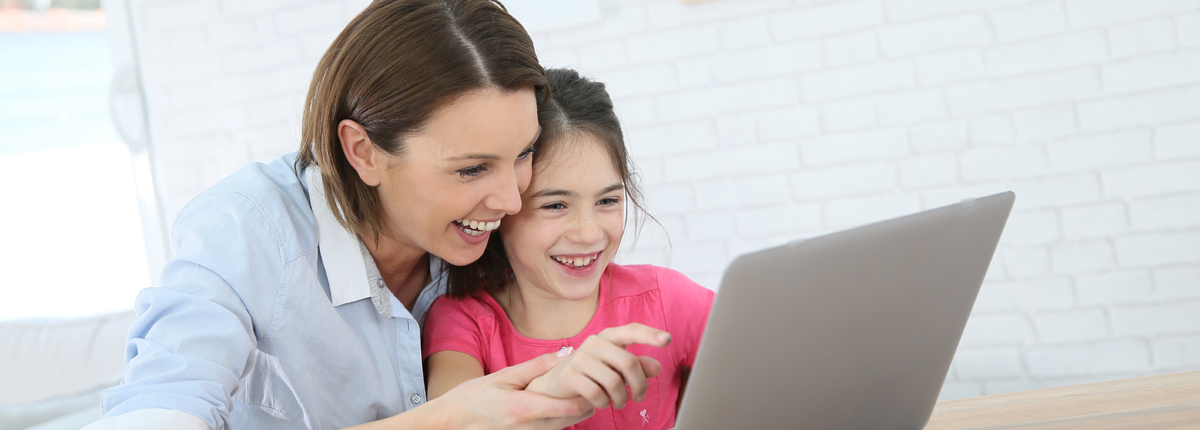
COVID-19: Helping Kids Reduce the Risk of Early Myopia
1 MAY 2020
Children's eye health Eye conditions
It is a number of weeks into self-isolation and as much as you try to get the kids outside to exercise their limbs and minds, they are constantly glued to their digital screens.
With Australian children doing school from home, they are spending significantly more time in front of their screens than they did before the COVID-19 outbreak, as a result parents have virtually given up on placing limits on the use of digital devices.
With all this extra screen time, how will your child’s vision be affected?
Spending more time indoors looking at screens and less time outside, will there be an increase in children developing myopia (short-sightedness)?
Will the increase of a reported 50% more time in front of their screens each day speed up the onset of myopia and increase prescription strength at a faster rate in the coming year?
About 40% of the world’s population has myopia and that figure is expected to rise to 50% by 2050.
Myopia causes objects further away to become more difficult to see. People who develop high myopia are at a much greater risk of developing glaucoma and cataracts much earlier in life.
So, what can you do to help your kids eye health during this time of enforced home isolation?
- Spend Time Outside
Take your kids outside to play or exercise for at least one hour (preferably two hours) a day to help prevent myopia from developing and progressing.
- Plan Fun Activities
There are hundreds of things you can do with your kids; from board games and puzzles to reading a paperback book, having an indoor camp out to creating an obstacle course in your backyard.
- Be a Healthy Screen Role Model
Kids watch what their parents do and reflect their behaviour. Be a role model of healthy screen use to your kids. Reduce the time you spend scrolling through your phone, reduce binge watching TV series and turn off the TV as background noise.
- Take Phone Breaks
Make sure that, for every half hour of screen time, your kids take a 10 minute break to walk around and stretch their legs.
- Reduce Digital Eye Strain
To help reduce the impact of Digital Eye Strain it is important that the screen is no closer than 40cm from your child’s face.
- Unplug from Devices
Allocate times in the day to unplug from devices. At dinner time place all the phones on a table away from where you are all eating. Before preparing for bed, place all your phones on charge in another room and spend some time just hanging out as a family.
- Type of Screen Time
Be mindful of both the type of screen time and the people your kids are sharing their screen time with, as well as the duration of time they spend looking at a screen. Excessive amounts of time spent looking at a screen can be harmful to your child’s health.
- Natural Light is Best
Encourage your kids to sit near a natural light source when they are on their device. Bright, natural light is better for their eyes. If they can’t sit close to a natural light source, ask them to sit near a window angled perpendicular to their computer screen. At night, have their screen placed to the side of a light source, not directly underneath.
If you have concerns about your child’s eye health or you want to know more about the early impact of myopia, contact your local Eyecare Plus practice.
Book an appointment with
your local Eyecare Plus
Optometrist today.

